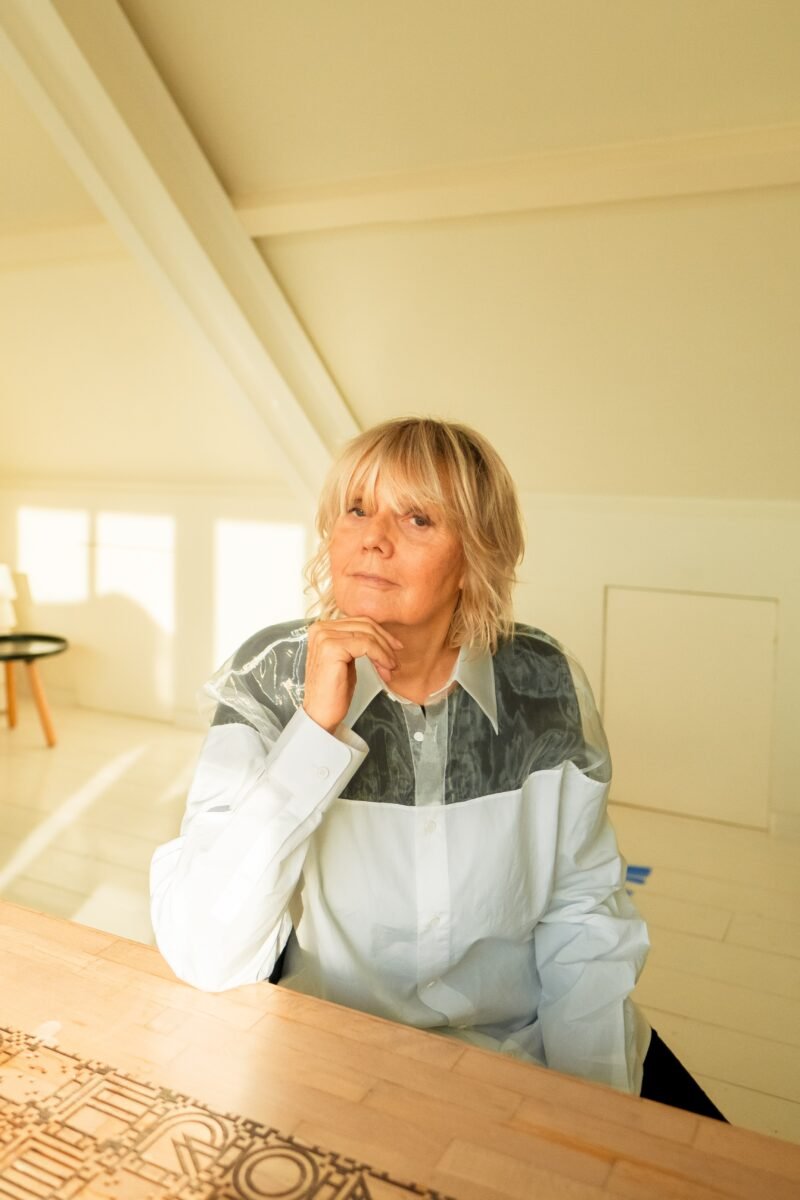Breathing New Life Into Vacant Buildings — A Talk With Caroline Vrauwdeunt
Recently, we crowd-funded our new book Pop-Up City: City-Making in a Fluid World, that will be published in May this year. One of the rewards we offered to backers of the Kickstarter campaign was a special interview on this blog. This post is part of a special series that features some of the generous people that helped us make the book happen.
Caroline Vrauwdeunt is not an architect, planner, or designer — you’d better call her a city-maker. Vrauwdeunt started her career working for a bank, but it didn’t give her enough satisfaction. After finishing a Law degree she worked as a legal expert and project manager for the City of Amsterdam and the Dutch province of North Holland for almost fifteen years. In 2012 she decided to start for herself and become a social entrepreneur with her company Andrs.nu. Nowadays she and her newly founded project De Stedenfabriek (The City Factory) breathe new life into neglected urban spaces. We spoke with her about her inspiration, co-creation, and entrepreneurial city-making.
Not so long ago, city-making was the domain of almighty urban designers, planners, and architects. You have quite some professional experience in the field, but you’re not an urban designer in the classic sense. Do you think that’s a strength or a weakness?
“I’ve worked as a project manager for almost fifteen years. In those years I learned to identify stakeholders in all kinds of issues and processes, and take into account their perspectives and ambitions. If you want to make something better, improve a situation, or solve a problem, it’s crucial to empathize. I’m currently working on a project aimed at creating a recreational space outside a new school building in the south of Amsterdam. In the past, a designer would do that. Here we take co-creation principles as a starting point, so we try to involve not only the students, who will be the end users of the space, but also inhabitants and cultural venues in the surrounding neighborhood. The final result should be a concept everyone will be happy with. My expertise is in leading and structuring those processes and I think it’s useful in contemporary urban development.”

Caroline Vrauwdeunt
Don’t you think that the increased focus on place-making and open source urbanism is a temporary crisis hype?
“Open and inclusive forms of urbanism have been existing since the sixties, so it’s definitely not a hype. The real hype is that pre-crisis urban planning probably has been too focused on brick and mortar. That hype has sort of ended. I’m glad that urban design is becoming more human-centered, and that the unhealthy focus on building, on an increasingly larger scale has come to an end. The economic crisis has changed the professional field for the better, making governments realize that the societal turn-over is at least as important as the financial turn-over if you want to keep cities livable places for the future. You can’t let urban planning be dictated by market forces alone. People should always be the starting point for good design. Not money or your portfolio. These days, city-making is all about managing people and processes. I’m wondering if architects and urban designers realize that they should familiarize themselves with this new way of thinking. Design-thinking is over.”
What inspires you?
“It seems that place-making is more mature in the United States and Canada — especially the latter. I visited Toronto and found some great urban regeneration projects, for instance a cultural venue, that were realized through co-creation, and such places simply work. They’re vibrant and mean something to the citizens and the city. Many creative cluster buildings in Amsterdam are closed bastions that have no positive impact on their surroundings whatsoever. Something else that inspired me in Canada is a new legislation that gives real estate developers financial incentives if part of the development accommodates a public function that contributes to the surrounding neighborhood in a positive way.”


De Stedenfabriek is currently looking for creative concepts to revitalize the industrial Lasloods on the NDSM Wharf in Amsterdam (click here for more information)
Open source city-making is something you can’t learn in school (yet). You have developed a toolkit to organize open source city-making in a better way. Can you tell us more about that?
“If you study architecture you learn to design buildings and if you study urban design you learn to draw neighborhoods, but when it comes to modern-day urban regeneration everyone has to invent the wheel himself. De Stedenfabriek has created a step-by-step toolkit to develop coherent urban regeneration plans through co-creation, which we tested with housing associations, municipal governments, and real estate owners in the Netherlands. The most important goal of this toolkit is to redevelop urban space in an inclusive way, but also in such a way that the new functions will be profitable businesses. Important is that we don’t make concepts ourselves — we help develop them. We’re currently working on the regeneration of the Lasloods, a giant empty hangar on the hip-and-trendy NDSM Wharf in Amsterdam. We just posted a first call for expression of interests to involve possible future end-users that could help revitalize this great space. The real estate developer was looking for a different approach for this industrial monument and found us. We have promised to come up with a feasible business plan within two months, eager to prove our toolkit works. As we are a starting business we can use every bit of support getting our business off the ground.”
That’s ambitious! Where do you see yourself in five years?
“In 2019, I hope that we’ve managed to breathe new life into numerous buildings and urban quarters across the Netherlands. More than ever before, governments and real estate developers are realizing that finding new uses for existing real estate is more important than constructing new buildings, and I hope that De Stedenfabriek can support them in this process.”




